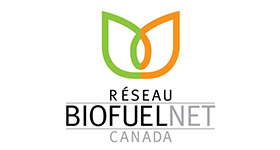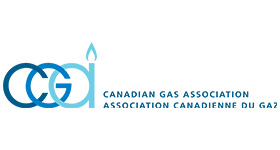July 11, 2022

Last week, Environment and Climate Change Canada released the Clean Fuel Regulations (CFR); filling a key mandate promise from Prime Minister Trudeau after nearly five years since the regulations were first circulated in a discussion paper. The finalized CFR is a key component of Canada’s ambitious climate plan, and part of a multi-pronged approach to achieving Canada’s climate targets by 2050. The CFR aims to gradually reduce the lifecycle carbon intensity of liquid fossil fuels energy used across the country, working to achieve 20 million tons in annual reductions in greenhouse gas (GHG) emissions by 2030, towards a path to net-zero emissions by 2050. The Regulations, alongside existing plans like the Emissions Reduction Plan and Canada’s recent commitment to the Global Methane Pledge are part of an integrated approach to practically and effectively reducing GHG emissions across all emission-heavy sectors while also contributing to energy security, carbon mitigation, air quality and sustainable industry in the long-term.
While the Regulations are welcomed, their focus and practical implementation miss the mark on fully leveraging the role of biogas and renewable natural gas (RNG) as a core part of achieving Canada’s targeted GHG reductions. The Regulation was originally set to also include reducing emissions from gaseous and solid fossil fuels, however it was announced in December 2020 that the Regulations will only apply to liquid fuels. This stunted the potential of biogas & RNG since they can play a big role in decarbonizing gaseous fossil fuels, like natural gas. RNG is interchangeable with natural gas and is currently being blended into natural gas pipelines under provincial programs. A similar federal program, like what was proposed in the original Regulation for gaseous streams, would maximize the climate benefits of biogas & RNG.
There are still some options for biogas & RNG producers to participate in the CFR. Those parties which are not fossil fuel primary suppliers, like many of our members, are able to participate in the credit market as voluntary credit creators whereby the annual carbon intensity (CI) reduction requirement could be met via three main categories of credit-creating actions, and biogas & RNG can create credits under both compliance category 2 and 3:
- Compliance category 1: actions that reduce the CI of the fossil fuel throughout its lifecycle,
- Compliance category 2: supplying low-carbon fuels, and
- Compliance category 3: supplying fuel or energy to advanced vehicle technology.
While these together work to achieve CI reductions in heavy fossil fuel emitters which are the main source of emissions, the CFR fails to fully leverage an opportunity to advance the production of clean fuels, like biogas & RNG, as a credible alternative to fossil fuels. Canada now needs additional policy levers to decarbonize gaseous fuels.
As noted in the Canadian Biogas Association’s recent publication, Hitting Canada’s Climate Targets with Biogas & RNG, Canada is harnessing a mere 14% of the feasible biogas and RNG potential, and the CFS doesn’t advance that significantly. The right blend of policies, including those already announced in CFR and ERP, alongside an effective renewable gas mandate and credits for methane destruction from landfills and agriculture, could deliver 26.7 Mt CO2 e in emissions reduction through biogas & RNG by 2030. This is a potentially critical building block in filling the 66 Mt CO2 e gap between Canada’s 2030 goals and what current climate plans are able to deliver. As noted in CBA’s report, biogas & RNG can play a foundational role in achieving net zero emissions by 2050, delivering up to 40.2 Mt CO2 e in emissions reduction and, together with hydrogen over the longer term, helping decarbonize Canada’s natural gas distribution networks and transportation systems. The optimal policy mix of a renewable gas mandate combined with carbon credits for methane destruction and utilization in landfills and agriculture also delivers other important benefits. These include 544 PJ in clean energy production in 2050, compared with just 50 PJ through biogas & RNG under current policies. It also delivers 35,900 jobs, $2.9 billion in private investment, and $9.8 billion in annual GDP by 2050.
The CBA congratulates Environment and Climate Change Canada on publishing the Regulations and furthering Canada’s commitment to reducing GHG emissions. There is a role for biogas & RNG to play as credit creators, however there is much more that can be done. The CBA looks forward to continuing to work with the Government of Canada to achieve its climate goals.











